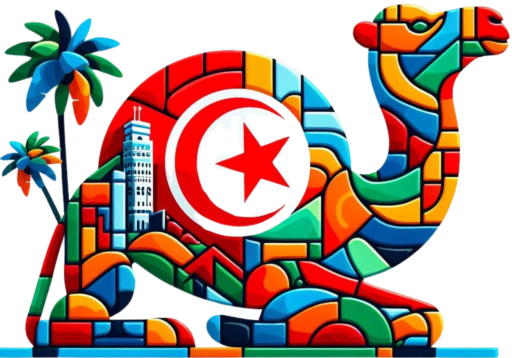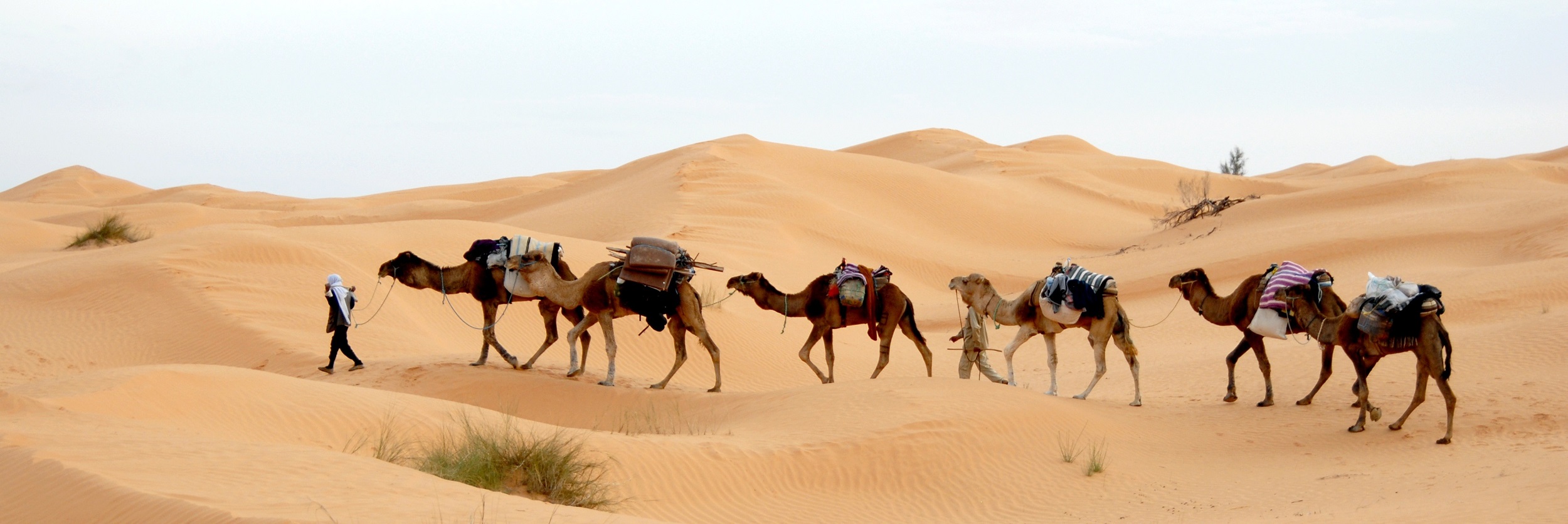Tunisia is a truly interesting country from a tourist perspective, not only for the beauties of its capital Tunis but also for everything else the country has to offer: from long beaches with crystal-clear waters to enchanting deserts, from archaeological parks to millennia-old traditions. This North African country will surprise anyone who decides to visit it.
A prime example of this is Carthage, a name we all studied in history books, but not everyone knows that this ancient Phoenician city was located a few kilometers away from what is now modern Tunis. The Carthage archaeological park has been a UNESCO World Heritage site since 1979 and is one of the most typical day trips when staying in Tunis. You can admire the remains of ancient fortifications, temples, places of worship, and ancient houses, along with the Punic tombs and a series of mosaics showing the daily life of Carthage’s inhabitants before it was destroyed by the Romans in 146 BC.
After conquering this area, the Romans began to colonize the entire coast, leaving behind significant evidence of their hard work. This is the case with Dougga, where there are wonderful ruins, including a theater restored in the early 2000s. Notable is the Roman amphitheater of El-Jem, similar in form, grandeur, and size to the Colosseum, which could accommodate over 35,000 spectators and today stands in the city center.
Near Tunis, you will also find the splendid Sidi Bou Said, a truly characteristic village with its white and blue houses. You can admire magnificent views along its streets, and between an outdoor café and some shopping, it’s easy to spend a relaxing day here. Speaking of small villages, we must mention Matmata, located at an altitude of 600 meters, where there are a series of troglodyte cave houses literally dug into the ground, within the hills, to protect the ancient inhabitants from the heat of these parts. Matmata gained international fame when George Lucas decided to shoot some scenes of the film Star Wars Episode IV – A New Hope here in 1977. Because of this, it is now one of the most popular tourist destinations in all of Tunisia.
But you can’t talk about North Africa without mentioning the desert. The Tunisian desert begins at Tozeur, beyond which lie the vast sand dunes of the Sahara. Visit this area with a guide, who will lead you to the most beautiful and magnificent spots, and you will have the chance to admire stunning sunsets from the top of the dunes and cool off in the shade of palm trees in the oases.
Perhaps the main reason that drives so many tourists to visit Tunisia has been left for last: its beaches. Djerba and Hammamet are two Mediterranean destinations that need no introduction, famous seaside resorts that attract vacationers from all over the world, thanks also to their splendid resorts that remain affordable. A few days of relaxation at the beach after a tour of Tunisia is the best possible conclusion to a trip that will stay in your heart forever, after experiencing the traditions, culture, and cuisine of a people who will always welcome you with a smile.





